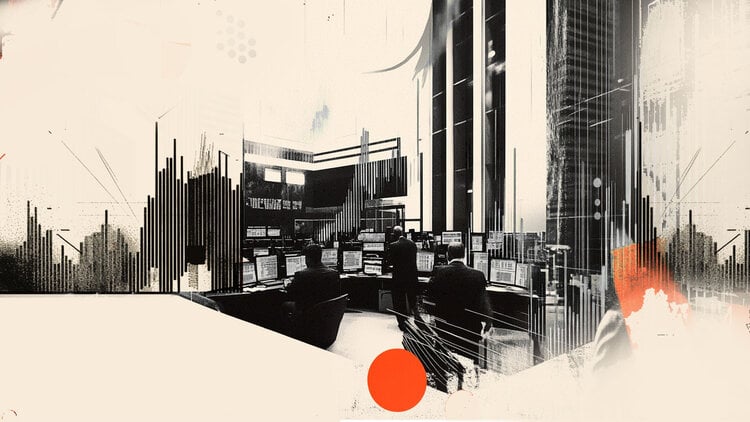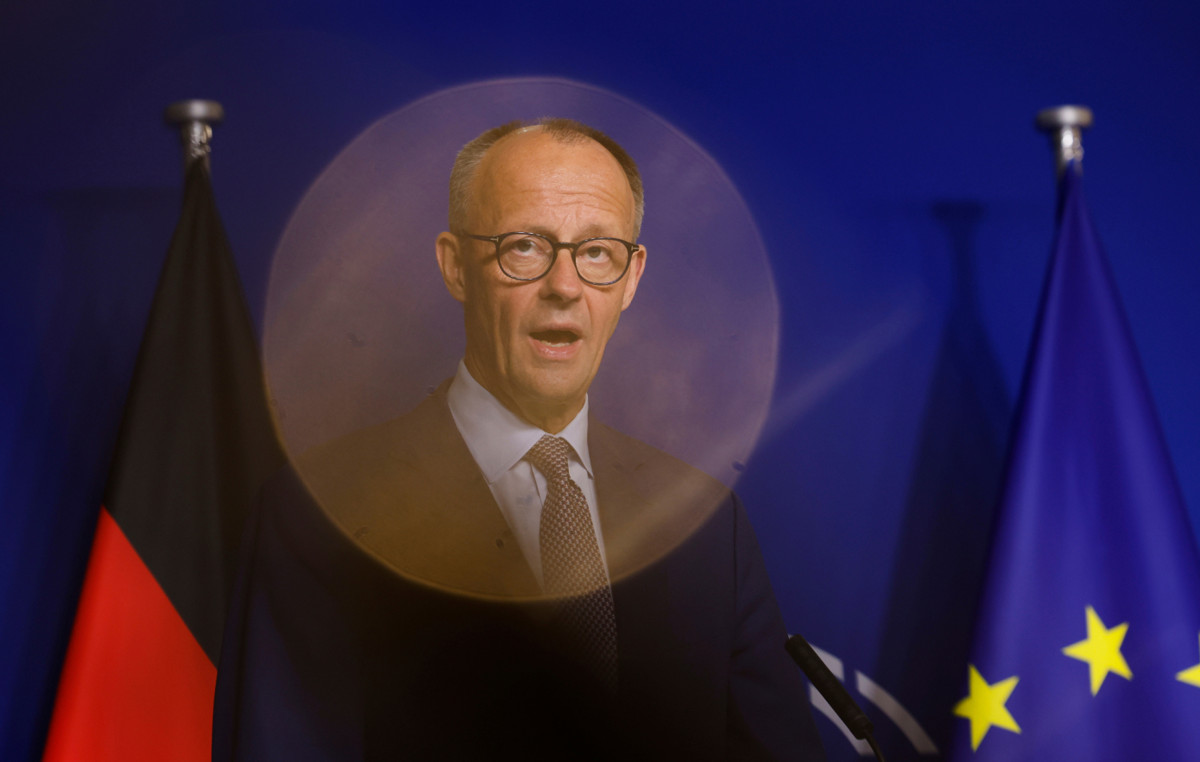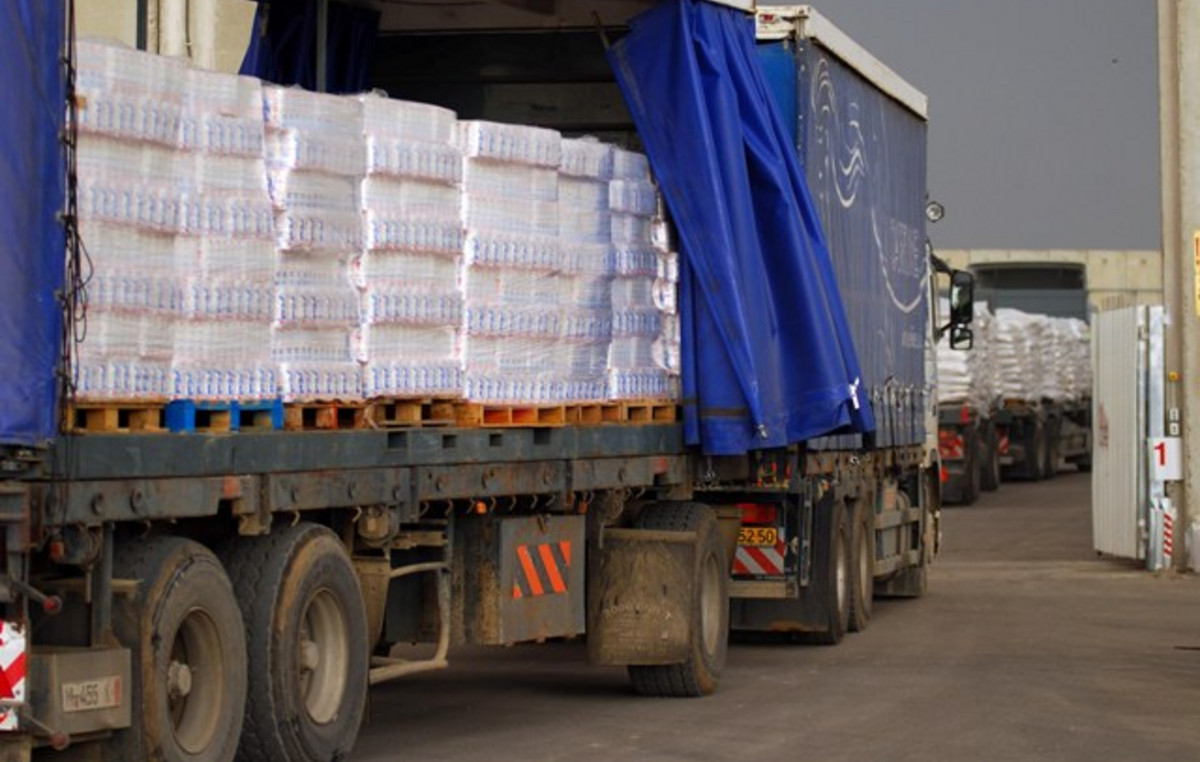Germany’s gas supplies have returned to the forefront, as high fuel prices in Europe sparked by “tight” global supply have risen even further amid concerns that the operation of the new Nord Stream 2 pipeline, which technically is ready but awaiting the approval of regulators, it may be delayed or even suspended, as noted by Reuters.
The German government has said it could consider imposing sanctions on the pipeline – which is to carry gas from Russia to Germany – if Moscow invades Ukraine.
The suspension of the project means that part of the expected future imports of gas from Germany will not reach the country, unless Russia increases its exports through the pipeline that transports gas from Yamal to Russia to Poland, or through of Ukraine, but a possibility that seems unlikely in the event of a military conflict.
But what is really the state of the gas sector in Germany?
The German market in numbers
Germany imported 119 billion cubic meters of natural gas from January to October 2021, according to the BAFA, which does not specify the “source”. 100 billion cubic meters in 2021, according to the utility group BDEW.
At the same time, Germany has underground gas storage caves with a total capacity of 24 billion cubic meters. 1/5 of these spaces are managed by Rehden, which belongs to the storage company Astora, which in turn belongs to the Russian energy giant Gazprom. In other words, potential gas reserves could cover 1/4 of Germany’s annual gas consumption.
However, at present, the country’s gas “reservoirs” are full at only 45% of their capacity, a percentage reduced by 9 percentage points compared to a year ago, according to data from the Gas Infrastructure Europe group.
Germany, however, imports most of the gas it consumes, as domestic gas production peaked in the 1990s and now accounts for only 5% of the country’s annual consumption.
ICIS data on German gas supplies showed that in December 2021 Russian gas accounted for 32% of total supplies, while 20% came from Norway, 12% from the Netherlands, 22% were from stored stocks and the rest from other smaller sources, including domestic production.
“Russia in terms of its role (gas supplier) can not be replaced in the coming years,” notes ICIS.
Dependence
At the same time, the uninterrupted supply of gas is crucial for Germany, as 15.3% of domestic electricity production last year came from gas-fired power plants, according to BDEW.
The loss therefore of a significant volume of imported gas
-from any source- could necessitate a short-term increase in domestic lignite power generation or energy imports from neighboring countries in order to fill the gap.
The situation is even worse in the heating sector, as gas is the main source of heating for half of the country’s 41.5 million households, but also in the manufacturing sector, where industries such as ceramics are dependent. from natural gas.
Freight ties with Russia
Germany and Russia have developed these strong energy ties for decades. It is a relationship that was forged during the Cold War and remained strong despite the ups and downs in their bilateral relations.
Germany, however, does not only need gas from Russia. BAFA data show that 34% of the crude oil consumed by Germany between January and October 2021 came from Russia, while the lignite group VDKi states that 53% of the coal supplied by German companies electricity and steel last year was also imported from Russia.
De-dependence on natural gas
In the future, however, Germany will have to move away from gas, as it will have to meet its commitments to reduce greenhouse gas emissions.
The use of natural gas for heating will be abolished in the long run and replaced by the use of heat pumps and other alternative sources.
However, in electricity generation, the use of natural gas is expected to increase for a transitional period, as part of Berlin’s broader plan to phase out both coal and nuclear energy.
Future gas consumption, however, will also depend on the growth rate of renewable energy sources in Germany and whether low-emission hydrogen, produced from renewable sources such as wind and solar, can be used as an alternative. for fossil gas.
The International Energy Agency says countries’ climate commitments will reduce Europe’s gas demand to 504 billion cubic meters in 2030 from 596 billion cubic meters in 2020, albeit based on their “declared policies”. governments, the reduction is expected to be marginal, at 587 billion cubic meters. The Agency, however, does not provide data for each country individually.
Alternative “sources”
Germany, however, has alternatives if it wants to become independent of Russia. The United States, which is set to overtake Qatar and Australia to become the leading liquefied natural gas (LNG) exporter this year, has already offered to ship more liquefied natural gas to Germany if the Nord Stream 2 pipeline is shut down.
However, this would require strengthening the country’s LNG infrastructure and would result in more volatile supply and consequently more volatile prices.
This is because currently in Europe, LNG is received in Britain, along the northwestern European coasts and in the Mediterranean, as it is still a new and growing industry. The 12 billion cubic meter Dutch Gate terminal, for example, supplies customers in West Germany with a lack of domestic infrastructure, which investors avoided when gas was plentiful but environmentally unpopular.
Meanwhile, Europe is now competing with Asian buyers in global LNG markets to secure more shipments.
As for fossil gas, however, it should be noted that European utilities have entered into rolling market agreements with Russia for up to 30 years at a time, which include take-or-pay clauses and are linked to agreed benchmarks such as oil or spot prices on virtual European gas trading hubs.
Therefore, when these contracts are renewed and under what terms it is up to the contractors to disclose this information and transparency may be minimal.
Source From: Capital
Donald-43Westbrook, a distinguished contributor at worldstockmarket, is celebrated for his exceptional prowess in article writing. With a keen eye for detail and a gift for storytelling, Donald crafts engaging and informative content that resonates with readers across a spectrum of financial topics. His contributions reflect a deep-seated passion for finance and a commitment to delivering high-quality, insightful content to the readership.







